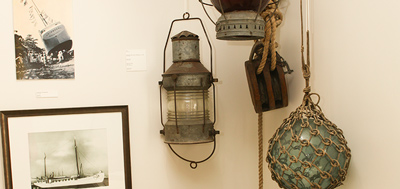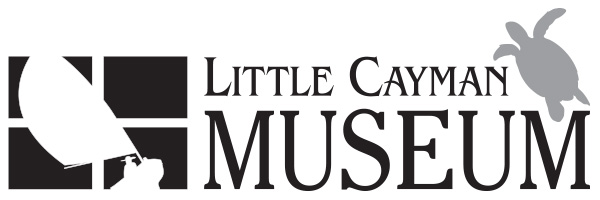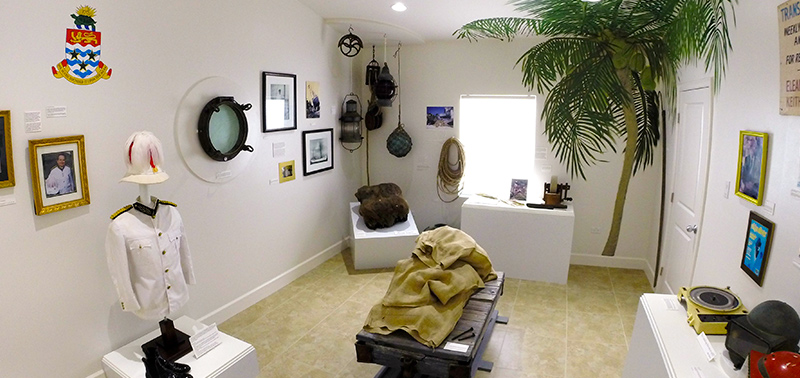The Sister Islands, particularly Little Cayman, were for many years very isolated from the rest of the world. During the response to the Storm of ’32, the Commanding Officer of HMS Dragon was shocked to learn that the islands still lacked any radio or cable communications with the outside world, observing that such amenities were common on similarly remote islands elsewhere in the Caribbean.
Despite the geographical challenges, Little Caymanians forged strong ties with Cayman Brackers, and Sister Islanders traded regularly with first Jamaica, and later Grand Cayman. Inter-island service was sporadic and unreliable until the launching of the motor ship Cimboco in 1927. Cimboco and other, later motor vessels brought the world more easily within reach, and aided in both the export and import of goods.
 Although they turned primarily to the sea for their livelihood, Little Caymanians also took advantage of the abundance on land. Phosphate and rope made from the Silver Thatch Palm were exported from this island, but it was the coconut that dominated Little Cayman’s export trade. During the industry’s heyday, between 1890 and 1915, the Sister Islands together exported 1,000,000 coconuts or more annually—nearly the Cayman Islands’ entire coconut crop.
Although they turned primarily to the sea for their livelihood, Little Caymanians also took advantage of the abundance on land. Phosphate and rope made from the Silver Thatch Palm were exported from this island, but it was the coconut that dominated Little Cayman’s export trade. During the industry’s heyday, between 1890 and 1915, the Sister Islands together exported 1,000,000 coconuts or more annually—nearly the Cayman Islands’ entire coconut crop.
By the 1950s, both Caymanians and foreign investors began to take a serious interest in developing the country as a tourist destination. Little Cayman’s first guest accommodations were at Southern Cross Club, which opened as a private members’ fishing club in 1960. An airstrip was cut for the members’ private flights two years later, and beginning in the 1960s a series of airlines provided passenger service to the island.
Today, tourism is Little Cayman’s dominant industry, and the island is well-linked to the rest of the country, and therefore the world, by air.


